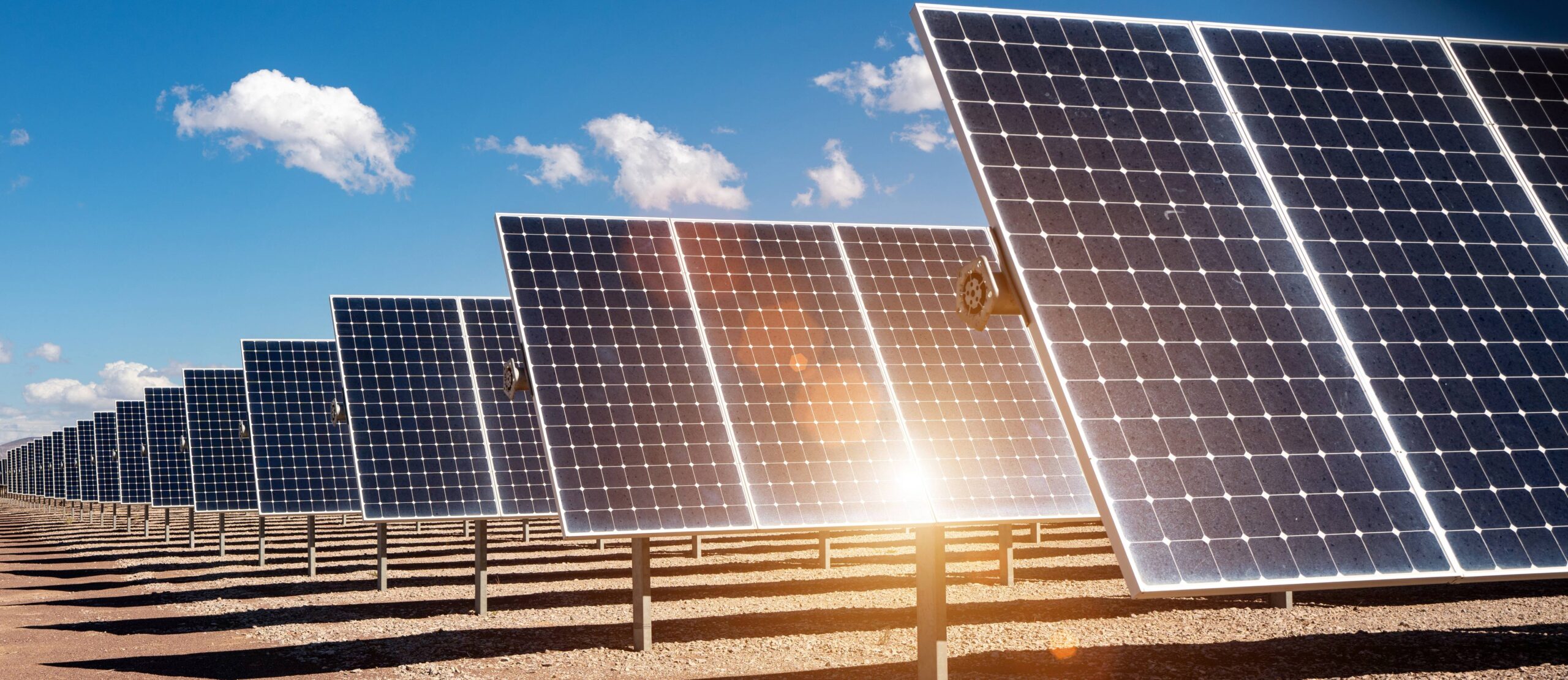How does solar work in winter?
The tech that’s keeping solar efficiently producing power, whatever the weather.
Think solar, and you immediately think sun. But with solar power quickly becoming the power generator of choice, it’s vitally important that solar’s as reliable and productive during those winter months as it is when the sun’s a’blazing.
The amount of sunlight is obviously a key consideration – we can’t do anything about the number of hours the sun shines in a day, after all. But outside of that, there are some things that can be done to ensure solar’s as efficient as possible during the colder months.
And, as it turns out, those things are primarily due to installation and maintenance.
“During winter, the sun is lower in the sky, which means that solar panels should be tilted at a steeper angle to capture the maximum amount of sunlight. Solar panels are typically installed at an angle that is equal to the latitude of the location, plus an additional 15 degrees in winter to capture the most sunlight,” explains Richard Vargas, Founder and Chairman of United Solar Energy.
While we naturally associate solar with heat, Richard says that solar panels actually work better in cooler temperatures. “So, winter temperatures can actually improve their efficiency,” he says. “However, extremely low temperatures can also reduce their efficiency, so it is important to ensure that the panels are installed in a way that allows for good airflow.”
Making sure the solar panels are clear of snow, in those areas of the country that are prone to the odd snow dump, is important, too.
And, while we can’t do anything to lengthen the hours of daylight during winter, we can take practical steps to ensure we don’t run out of solar power.
“That can be compensated for by installing a larger solar panel system, or by using a battery backup system to store excess energy generated during the shorter daylight hours,” he says.
Have solar panels gone down in cost?
Over the past decade or so, solar’s changed from being a relative novelty to mainstream – and Stefan Jarnason, CEO of Solar Analytics, says much of it is down to the economies of scale.
“Rooftop solar panels are now 100 times cheaper than they were a couple of decades ago,” he says. “And a lot of that was driven by the work at UNSW by Professors Martin Green and Stuart Wenham, so Australia has been right at the forefront of driving those efficiencies.
“The first solar system I installed 20 years ago was a grand total of one kilowatt, and it cost $20,000. And I thought it was amazing! The panels were 80 watts, now each panel is 400 watts, and for around $8000, you’ll get an eight-kilowatt system.
“It’s come down by orders of magnitude, and we’ve now got more than three million people in Australia who have solar on their roofs.”
The cost of solar panels, according to the National Renewable Energy Laboratory, has dropped by more than 80 per cent since 2010, and Richard says the efficiency of those panels has simultaneously increased, too.
“This means that the same amount of sunlight can generate more electricity.
“The most efficient solar panels currently available can convert more than 20 per cent of the sun's energy into electricity, which is a significant improvement over the 15 per cent efficiency achieved by earlier models.”
Improved durability, integrated storage and flexible panels – which can be bent and shaped to fit a variety of surfaces – have also contributed to making solar more accessible and affordable, and a genuine solution to energy production and costs.
Increasing demand for solar panels
Of course, over the coming years, demand for electricity is going to increase. As well as the shift away from gas, we’ll see more and more electric vehicles needing to be plugged in, too.
“Over the next five years, electricians will see a lot of heat pumps being installed,” says Stefan.
“All of the gas hot water is going to be ripped out and replaced with heat pumps over the next 15 years. It’s happening all across Europe, it’s happening in America and it’ll happen here – they’re three times more efficient than anything else.”
Everything’s pointing to solar continuing to grow and grow – and, for a word of advice, Stefan says, “I recommend now to just cover your roof. No one’s ever complained about having too much solar!”
What are the latest innovations in solar?
Of course, solar will continue to develop, and become more efficient – and even more accessible – over the coming years.
Richard says he’s keeping a close eye on five major developments:
Perovskite solar cells
“Perovskite solar cells are a type of solar cell that use a material called perovskite, which is a type of crystal structure, to absorb sunlight and generate electricity. Perovskite solar cells have the potential to be cheaper and more efficient than traditional silicon-based solar cells.”
Solar paint
“Researchers are working on developing a solar paint that can be applied to any surface, turning it into a solar panel. This technology could revolutionise the way solar panels are installed and integrated into buildings.”
Transparent solar cells
“Transparent solar cells allow light to pass through them, making them ideal for use in windows and other transparent surfaces. They can be used to generate electricity while still allowing natural light to enter the building.”
Bifacial solar panels
“Bifacial solar panels are designed to capture sunlight from both sides of the panel, increasing their efficiency. They can be used in a variety of settings, including on rooftops and in large-scale solar farms.”
Floating solar farms
“Floating solar farms are a relatively new concept that involves installing solar panels on bodies of water such as lakes and reservoirs. This can be an efficient way to generate solar power in areas where land is limited or expensive.”





Comments (0)
Write a Comment